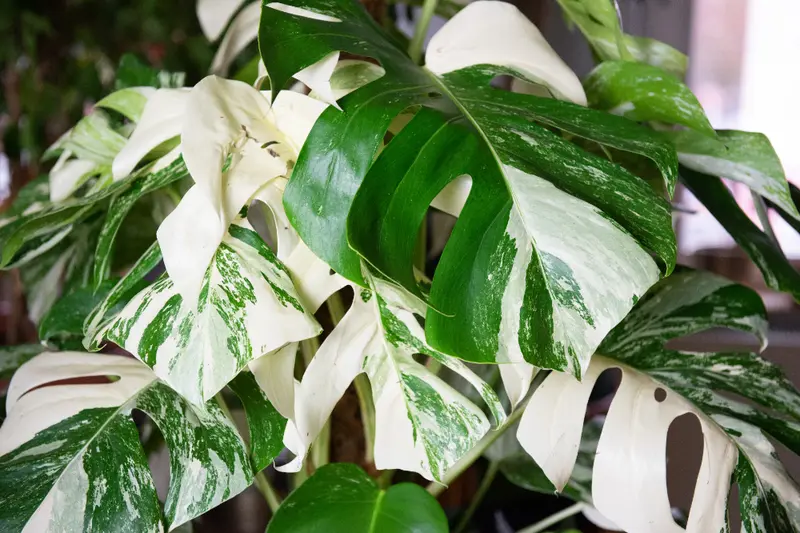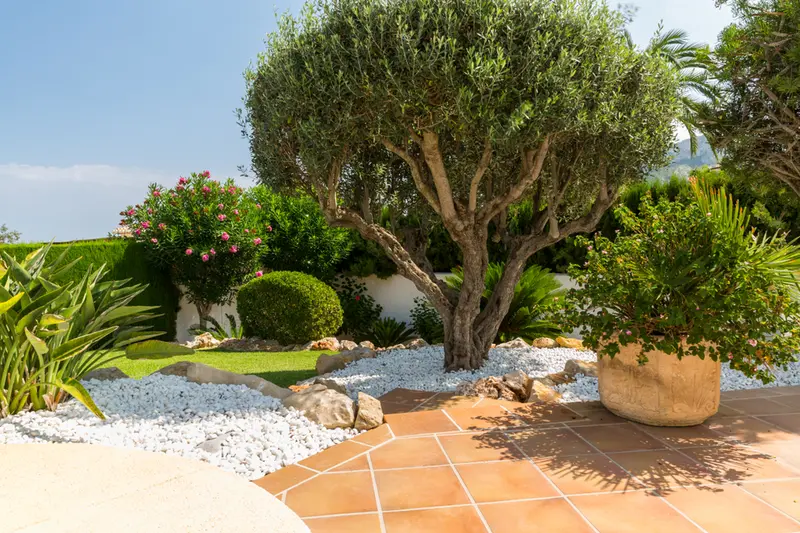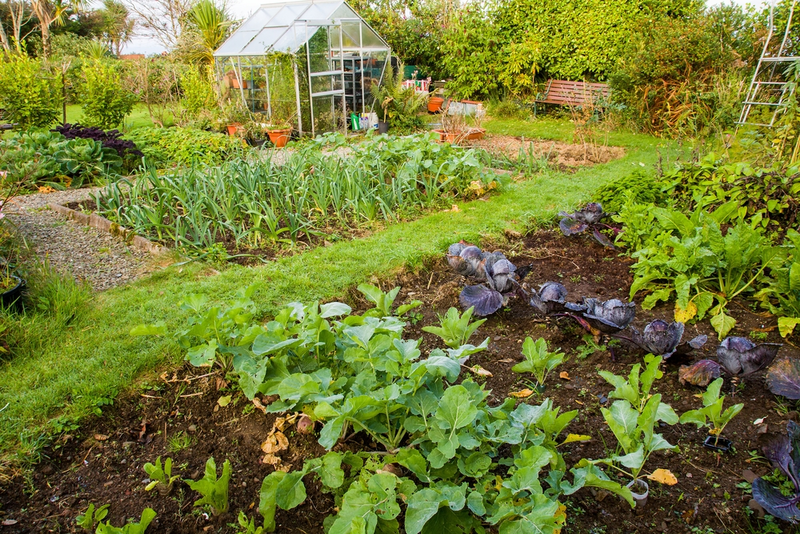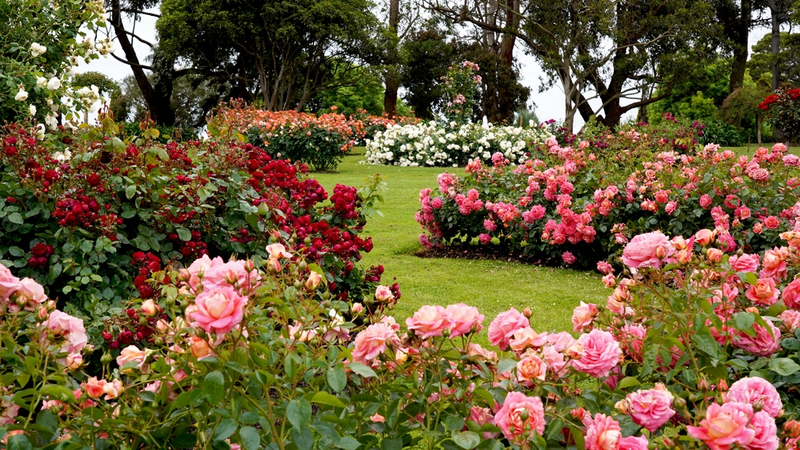Relaxing in the dappled shade of a tree you've planted yourself is one of the best ways to spend a sunny afternoon. Planting a tree can transform a garden, adding height and structure as well as providing a home for birds and other wildlife. Get your tree off to a great start with our tips on how to plant a tree.

Step-by-step guide on how to plant a tree
Autumn is the best time to plant a tree while the soil is still warm from the summer sun, and there's likely to be plenty of rain. You can also plant trees in winter, provided the ground isn't frozen or waterlogged. Avoid planting trees in hot, dry weather, as they will struggle to establish, and you'll need to water them more often.
-
Water your tree before planting it. The easiest way to do this is to submerge the root ball in a bucket of water for a few minutes to make sure the roots are thoroughly hydrated.
-
Dig a square hole, the same depth as the root ball and three times as wide. In a square hole, it's easier for the roots to break through at the corners and spread out into the ground beyond. Loosen the sides of the hole with a fork – this is especially important in clay soils where the process of digging the hole can 'smear' the sides, making them harder for roots to penetrate.
-
Remove the tree from its container and gently loosen the roots to encourage them to spread out.
-
Position the tree in the hole so that the point where the roots join the trunk is at the soil level. Lay a cane across the hole to check that the tree isn't planted too deep – if the trunk is buried, it's likely to start rotting.

-
Turn the tree in the hole so that it looks good from wherever it will be most visible.
-
Once you're happy with the positioning of the tree, backfill the hole with soil, using the heel of your boot to gently firm the soil around the roots and get rid of air pockets. Make sure the tree is still upright and not leaning once you've finished firming the soil.
-
Water well, then mulch around the base of the tree, taking care that the mulch doesn't touch the bark as this could cause rotting. A thick mulch of bark chips or garden compost helps to keep moisture in the soil as well as reduce weeds which compete with the tree for nutrients and moisture.
-
Using a mallet, hammer a stake into the ground at a 45° angle, and attach it to the tree with a flexible tree tie.
Water the tree regularly for the first couple of years after planting, especially in dry periods. As the tree grows, check the tree tie to make sure it is not cutting into the bark. Once the tree is firmly established, remove the stake.
Are you looking for the perfect tree for your garden? Come and choose from our extensive range. Our staff is always happy to advise!




